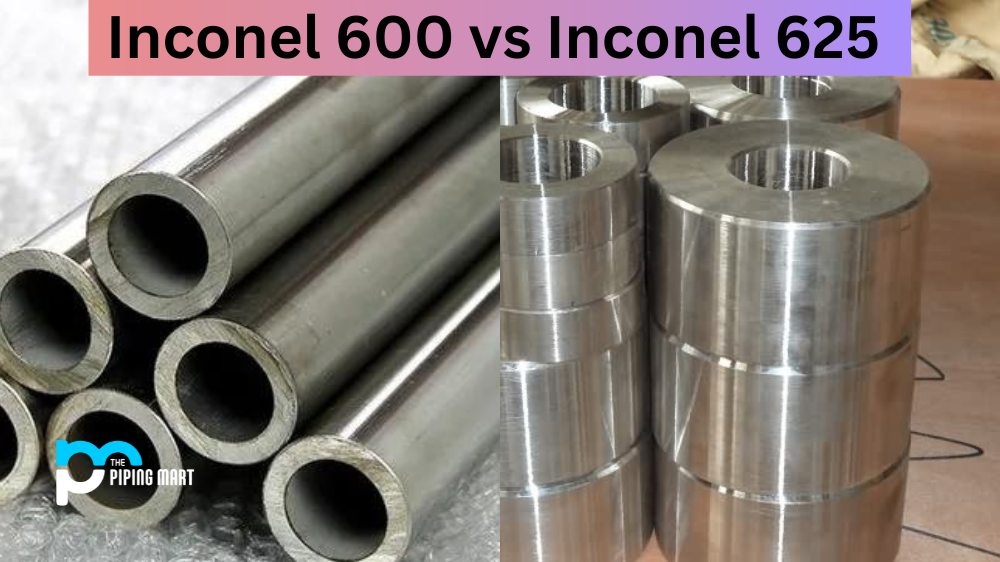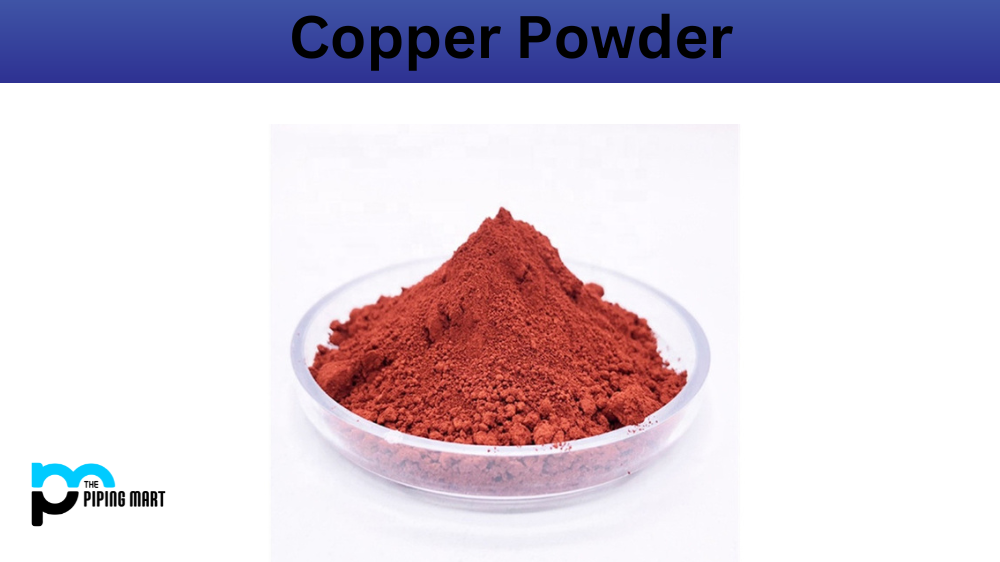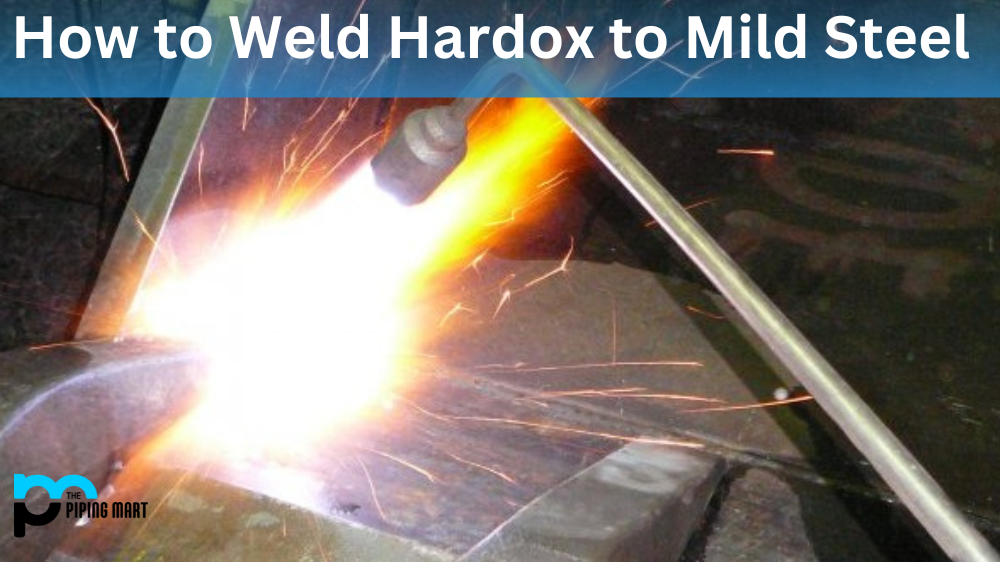Inconel alloys are corrosion, temperature, and oxidation-resistant materials comprised of nickel-chromium. They are often used in extreme temperature environments due to their strength and durability. Two of the most popular Inconel alloys are 600 and 625. So what is the difference between these two alloys? Let’s take a closer look.
Inconel 600 Composition and Properties
Inconel 600 is composed primarily of nickel-chromium but also contains iron, carbon, manganese, sulfur, silicon, and other elements. It has excellent mechanical properties at high temperatures and can be used in temperatures up to 2000°F (1093°C). Additionally, Inconel 600 has good resistance to chloride-ion stress-corrosion cracking and oxidizing atmospheres up to 1900°F (1038°C). It is also non-magnetic and has good weldability.
Inconel 625 Composition and Properties
Inconel 625 is composed primarily of nickel-chromium but also contains iron, molybdenum, niobium, titanium, aluminum, carbon, manganese, sulfur, and silicon. It also has excellent mechanical properties at high temperatures and can be used in temperatures up to 1800°F (982°C). Additionally, it has superior corrosion resistance compared to other Inconel and can withstand a wide range of corrosive chemicals as well as seawater environments. Inconel 625 is non-magnetic and has good weldability.
Difference Between Inconel 600 and 625
The main difference between these two alloys comes down to their composition; Inconel 600 does not contain molybdenum or niobium, while Inconel 625 does. This makes Inconel 625 more resistant to corrosion than its counterpart in certain applications, such as seawater environments or those exposed to chemical processing plants that produce chlorides or acids. However, this increased resistance comes with a tradeoff; the melting point of Inconel 600 is higher than that of its counterpart, which means it may be better suited for certain applications requiring welding or brazing at higher temperatures.
Inconel 600
Inconel 600 is a nickel-chromium alloy that is used for a variety of applications. The alloy has good corrosion resistance, high strength, and good weldability. It is commonly used in the chemical industry, aerospace industry, and power generation.
Inconel 625
Inconel 625 is a nickel-chromium-molybdenum alloy that is used for a variety of applications. The alloy has excellent corrosion resistance, high strength, and good weldability. It is commonly used in the chemical industry, aerospace industry, and power generation.
Composition
The main difference between Inconel 600 and 625 is the composition. Inconel 600 contains chromium, while Inconel 625 contains chromium and molybdenum. The addition of molybdenum makes Inconel 625 more resistant to corrosion than Inconel 600.
Applications
Inconel 600 is typically used in chemical processing, while Inconel 625 is often used in aerospace applications. Both alloys are also used in power generation plants.
Price
Inconel 600 is typically more expensive than Inconel 625 due to the higher chromium content.
Conclusion:
So there you have it—a comparison between two popular alloys used in extreme temperature environments: Inconel 600 vs. 625. These two highly versatile materials offer different levels of protection based on your application needs; while Inconel 600 provides greater temperature tolerance thanks to its higher melting point, it lacks the added corrosion protection offered by molybdenum found in Inconel 625, which makes it better suited for certain applications such as those exposed to seawater or chemical processing plants producing chlorides or acids. Both materials offer exceptional mechanical properties making them an ideal choice for extreme temperature applications!

Pipingmart is a B2B portal that specializes in metal, industrial and piping items. Additionally, we share the latest information and information about materials, products and various types of grades to assist businesses that are involved in this business.




